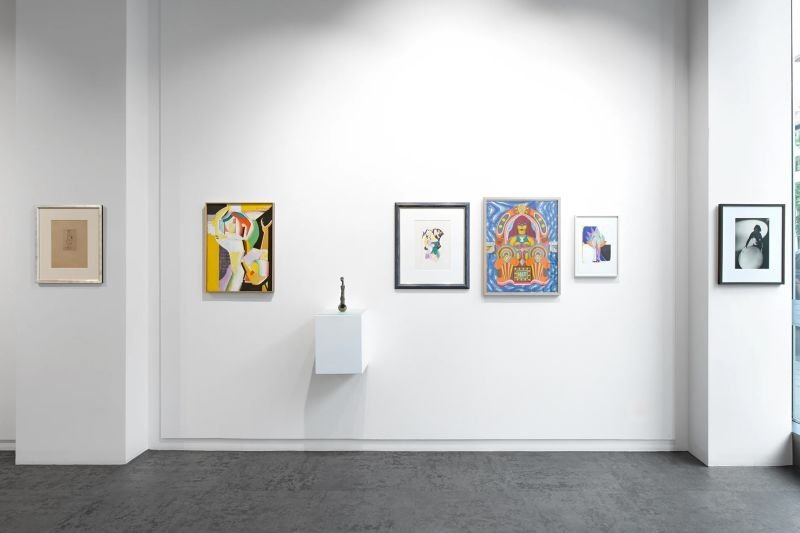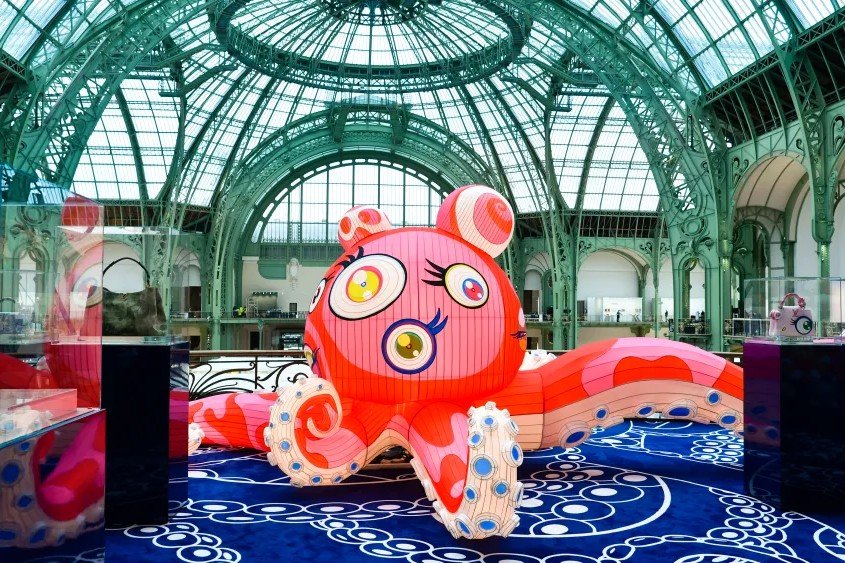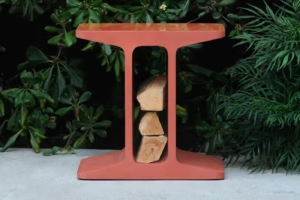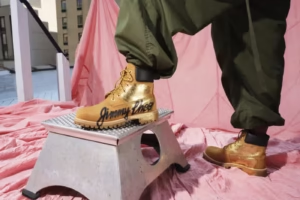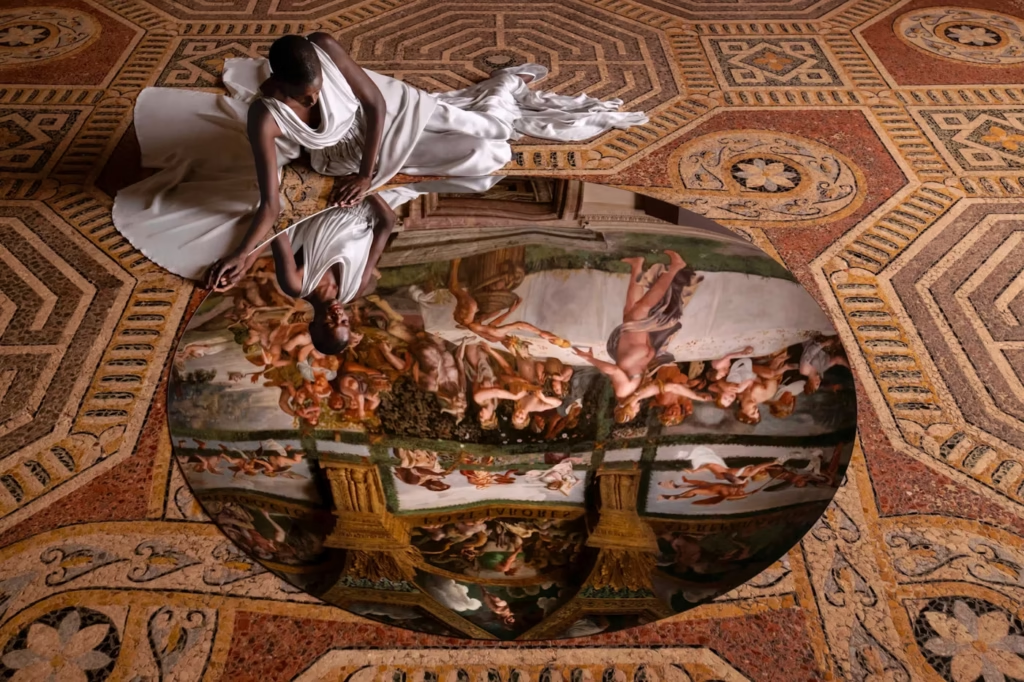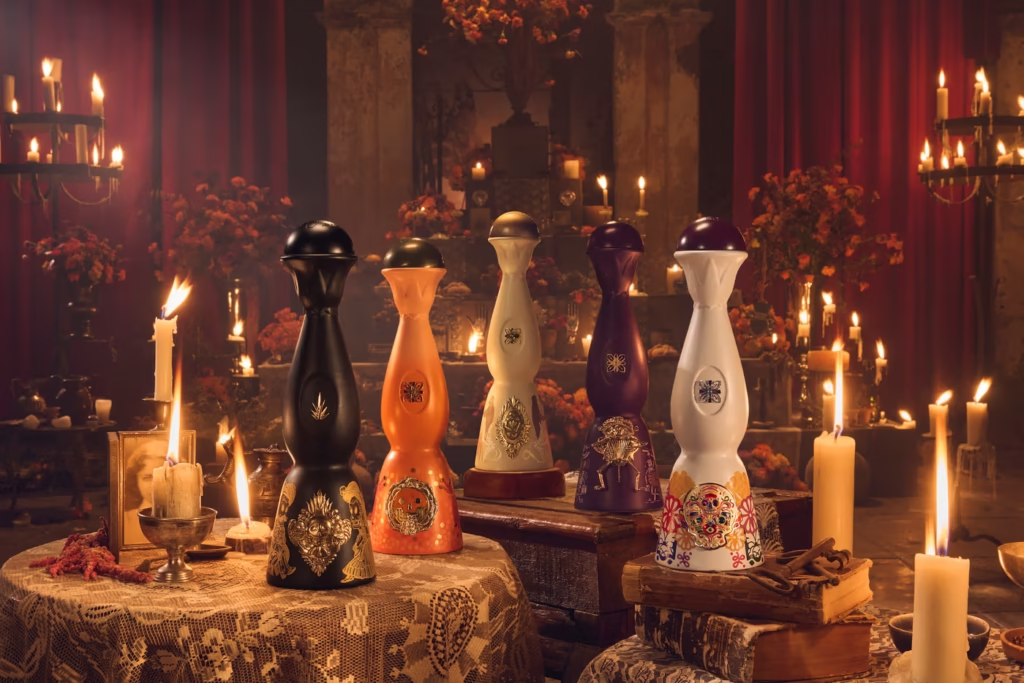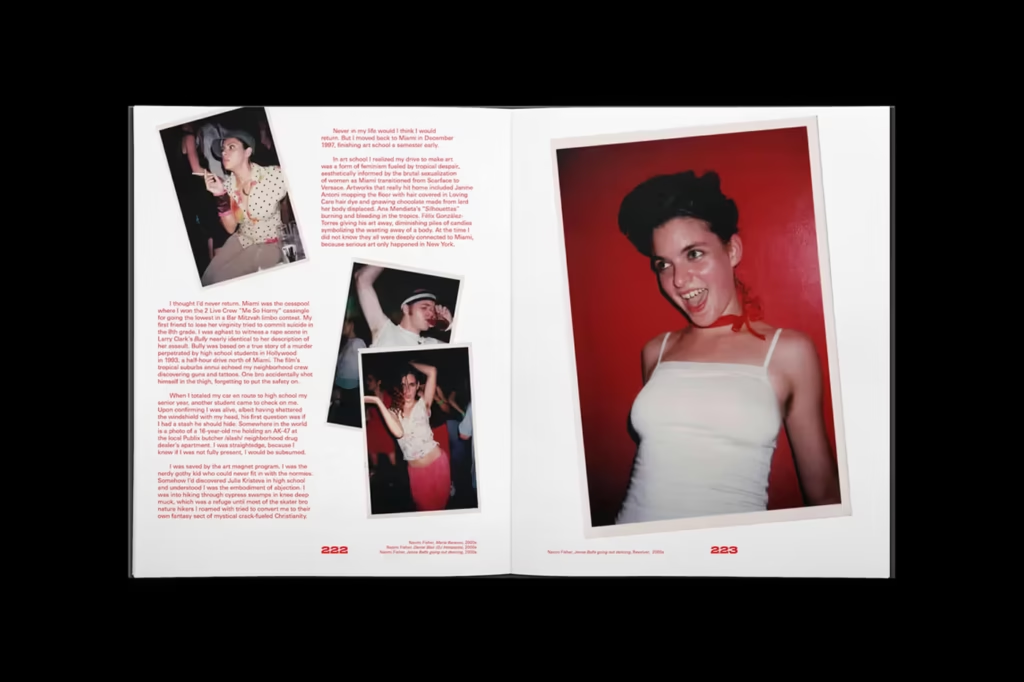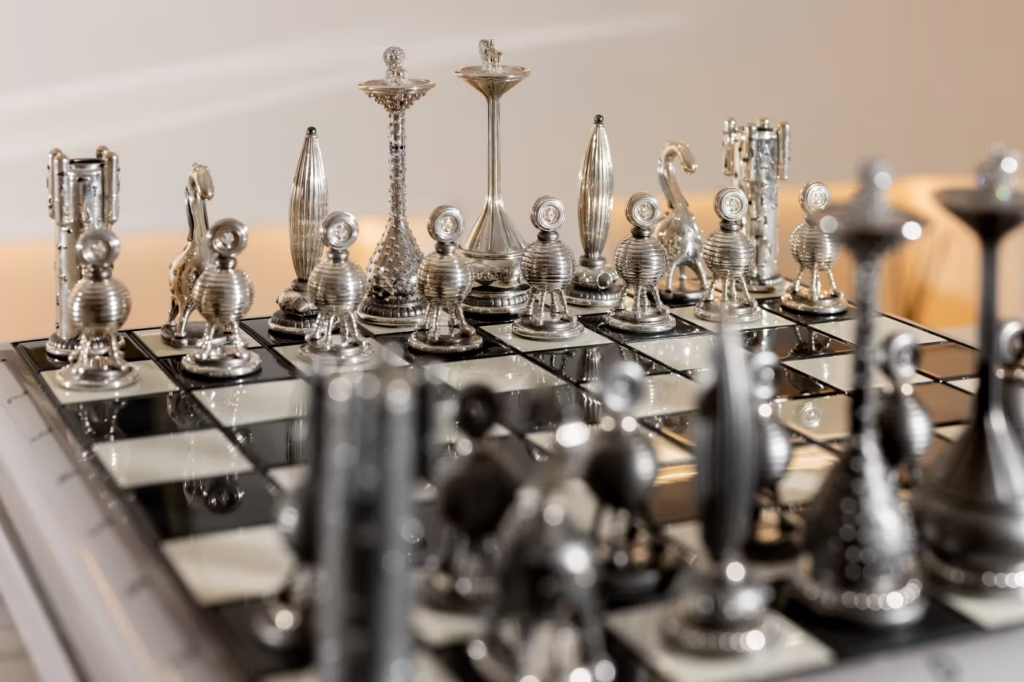From objectified icons to creative powerhouses, the way women show up in art has evolved a lot. A new exhibition in Nuremberg, “The Woman in Art – Muse and Creator,” on view at Bode Galerie through July 5, explores exactly that—with work spanning over a century, from Henri Matisse to Elvira Bach.
When Women Were the Muse
The earliest piece in the show dates back to the early 1900s: La Pleureuse by Henri Matisse. At the time, women in art were more often subjects than creators, often used as blank canvases for male ideas around beauty, color, and form. But even here, Matisse veered off-script. Instead of idealizing his female figure, he leaned into emotion—capturing real vulnerability and feeling.
Women Take the Brush
Fast-forward a few decades, and artists like Ida Kerkovius flip the script. In her 1950s piece Urlaub am Meer, female figures are abstracted but unmistakably alive—integral parts of colorful, joy-filled landscapes. These weren’t passive muses; they were individuals with presence, vibrancy, and personality.
French painter Alain Clément, also in the show, keeps the female form central but adds his own modernist lens: bold color, sweeping lines, and sensual abstraction that celebrates the body without flattening it.
Elvira Bach and the Autonomous Female Figure
Now to the present: Elvira Bach’s work is a standout in the show. Her paintings are bold, unapologetic, and full of character. Her women are stylized, powerful, and fiercely independent. In pieces like Die Erdbeere, there’s no question who’s in control of the canvas—it’s the woman staring right back at you.
Not a Conclusion—Just the Beginning
“The Woman in Art – Muse and Creator” doesn’t try to tie everything up in a neat bow. Instead, it highlights the evolution—and revolution—of how women have existed in art, as both subject and artist. From silent inspiration to vocal creator, it’s a powerful reminder of how much has changed… and how much more there is to explore.


